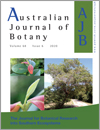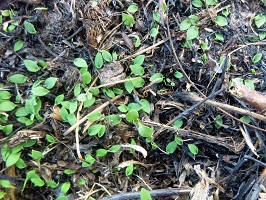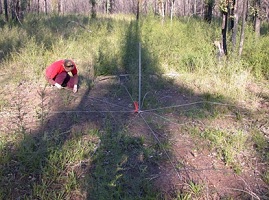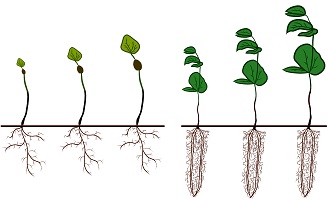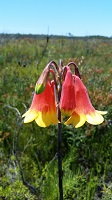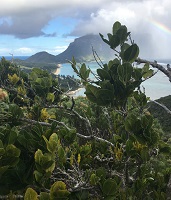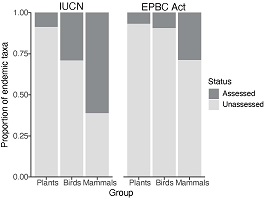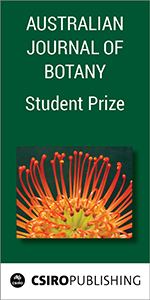Australian Journal of Botany
Volume 68
Number 6 2020
Colleters are secretory structures important in protecting developing plant organs from dehydration. However, little attention has been given to the effect of seasonal variation on colleter exudates. We used Myrcia splendens as a model to show that the chemical nature of the secretion differed according to the seasonality. During the dry season, colleters secreted more hygroscopic compounds, confirming the importance of such structures in guaranteeing that developing leaves are kept moist, thus preventing dehydration.
Disturbance and seed bank characteristics play an important role in plant life history strategies and may have implications for population persistence of the vulnerable grass Arthraxon hispidus in NSW. We studied the effect of winter burning on its population dynamics and found that controlled fire can promote germination, recruitment, and seed bank accumulation, and that the seedbank persists over at least two germination seasons. Appropriate burning regimes may help to maintain this threatened species within some habitats.
In Western Sydney’s endangered grassy woodlands, where most of the plant diversity consists of grasses and other small herbs, open patches free from shrubs are increasingly uncommon. We found that herb composition in open patches differed from that under shrubs and around trees, and that fire frequency had further, independent, effects on the ground layer. Planned burns at relatively short intervals can help woodland managers retain open grassy patches, and habitat for herbs that do best under frequent fire.
We evaluated simultaneously the effects of seed size and tree reintroduction strategy (seedling planting and direct seeding) on the initial development of two tree species in an abandoned Eucalyptus plantation. Both species had high emergence and survival using both strategies, but only one species growth faster using direct seeding strategy. Our results suggest a balance between the advantage of the initial plant size provided by planting seedlings and the advantage of a better root development provided by direct sowing.
Blandfordia grandiflora (Christmas bells) is a perennial herb that grows in wet heathlands of eastern Australia. It has attractive flowers of considerable horticultural value, and is reported to flower strongly after fire. This study demonstrated a tendency for flowering to peak in the second post-fire flowering season, irrespective of fire frequency. However, this response was variable: comparatively few plants flowered during the second-year peak season after every fire. Flowering after winter-chilling was also observed. The findings are discussed in the context of climate change.
Plants in the forest canopy show varying adaptions to water and micronutrient limitation, especially between epiphytes and ectoparasites. We show that epiphytic and parasitic plants also have distinct within-crown spatial niches and host specificity. These differences in spatial ecology can be explained considering their differences in water and micronutrient acquisition strategies.
Research on species recovery, reintroduction, and conservation is lacking for plants relative to birds and mammals. We give evidence of this bias among Australian endemic taxa and show that only 6.8–24.5% of endemic plants have an extinction risk assessment – a significant underestimation of the actual proportion of Australian plants likely to satisfy extinction-risk criteria for listing as threatened. Australia has perhaps the highest proportion of endemic plant species, making the shortfall in extinction risk assessments a matter of global significance.
 , Eliseu M. P. Lucena
, Eliseu M. P. Lucena  , Oriel H. Bonilla
, Oriel H. Bonilla  , Isabel R. Guesdon and Ítalo A. C. Coutinho
, Isabel R. Guesdon and Ítalo A. C. Coutinho 



